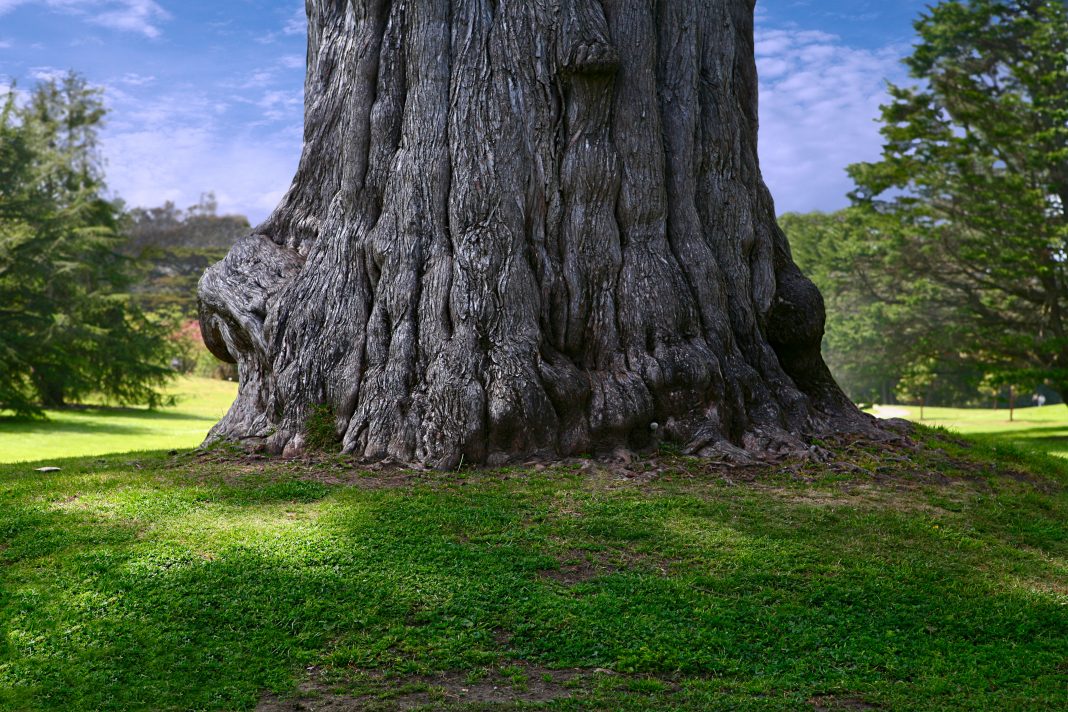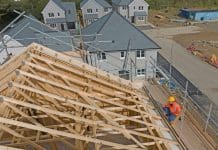This technical update from Premier Guarantee provides additional guidance on foundations, trees and clay
The roots of all vegetation take water from the soil to make good the water lost from the leaves. If the soil contains clay it will shrink as it is dried or swell if it is allowed to rehydrate. If the shrinking or swelling extends below the foundations, the foundations will subside or heave respectively. If the movements are in excess of those that can be tolerated by the building, damage is likely to occur.
Damage is best avoided by increasing foundation depth to below the level where significant changes in moisture content are likely to occur. The extent of soil drying can be variable and unpredictable. If all risk of damage is to be avoided the required depths would be punitive, instead our recommendations below seek to minimise the risk by striking a balance between the extent of risk and the costs of increasing foundation depth.
The extent of risk depends on:
- The soil
- The potential for the tree species to cause soil drying
- The size of the tree
- The proximity of the tree to the foundations
- The likely climatic conditions in the locality.
Details
The soil
Soils may be broadly classified into two types:
Cohesive soils comprised mainly of clay or fine silt particles. When moist they are plastic and can be moulded, and will remain intact if placed into water. As they become drier they will become stiffer and will eventually crumble if dried beyond a certain point. It is these soils that can potentially cause problems.
Non-cohesive soils, comprised mainly of sand or with only a proportion of clay or silt, cannot be moulded and will break up if placed in water. They are not subject to significant swelling or shrinkage.
The clay component of cohesive soils can vary widely; very few soils are pure clay, but they contain varying quantities of sand or silt. Clay soils are defined by their particle size (less than two microns) and it is only these clay particles that will shrink or swell.
The potential of the soil to swell or shrink can be determined by simple tests to determine the plastic limit of the soil (the moisture content below which it changes from being plastic and mouldable, and starts to crumble) and the liquid limit (the moisture content above which it changes from being plastic and starts to flow like a liquid). The plastic and liquid limits can be determined by simple laboratory tests in accordance with BS 1377. The difference between the plastic and liquid limits is the plasticity index. The higher the plasticity index, the greater the potential volume changes.
Potential of tree species to cause soil drying
Tree species differ in the ability of their roots to grow and exploit the available water in a cohesive soil, particularly if it has high clay content. This is commonly referred to as their ‘water demand’. Species such as oak, poplar and eucalyptus are deemed as high water demand as they are particularly efficient at exploiting clay soils, rooting to considerable depth. A few species only rarely cause damage and are deemed of low water demand, whilst the majority fall into the moderate category.
Hardwood species tend to have a broad spreading root system, extending considerable distances laterally as well as to depth. By contrast, the influence of most conifers is more localised but just as deep. A few species (of both hardwoods and conifers) have intermediate characteristics. The guidance takes account of the different patterns of rooting, but it must be emphasised that the distribution of roots can be variable and so the guidance should not be taken as indicating a ‘zone of influence’ of a tree.
Size of tree
The amount of water taken by the roots relates to the leaf area and the vigour of the tree. With open grown trees, height is usually considered to be the best indicator of leaf area. The greatest water uptake occurs as the tree reaches maturity, and so ‘mature height’ is the determining factor. Individual trees within a group or row will have a smaller leaf area, but as they compete with each other the mature height of the individual trees still remains the relevant factor.
Proximity
The closer the tree, the deeper the potential influence. The guidance indicates the required foundation depth at any distance. The parts of the foundations closest to the tree require the greatest depth, but if preferred can be stepped up for more distant parts.
Likely climatic conditions
Weather conditions play a major role in determining the extent of soil drying. Hot sunny weather will increase the rate of water uptake by the roots, whereas rainfall during the summer can restore the water that has been taken. As the hottest and driest conditions tend to be in South East England, it has the greatest risk. For other parts of the country the guidance allows for reducing the required foundation depth where the risk is less.
Recommendations
To help simplify the process for determining the required depth for a foundation to a building, our ‘Foundation depth calculator’ has been created to provide you a quick and easy result.
You will need to have the following information available:
- The extent of any slope existing on the site
- Postcode for the site location
- The volume change potential of the soil (plasticity index) if known
- The type of tree which is near to the proposed building. From this, the water demand of the tree will be determined
- Distance of relevant tree to nearest part of foundations
To supplement the above information and the Foundation depth calculator, more information is available in Section 3 – Foundations of our Technical Manual. In there you will find guidance on what allowance for ‘heave precautions’ may be required for both the foundations and the ground floor constructions. Guidance in the Technical Manual is also present for sloping sites and where shrinkable soils are present below non shrinkable soils.
Every care was taken to ensure the information in this article was correct at the time of publication.














